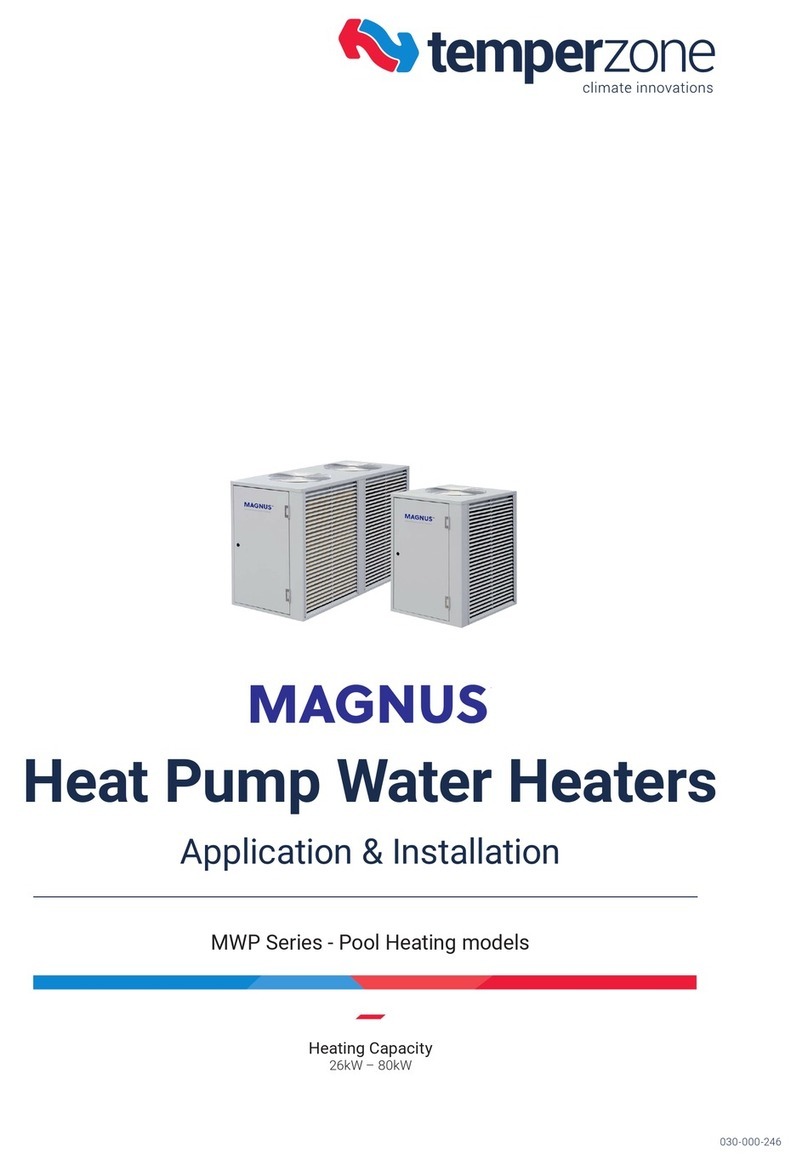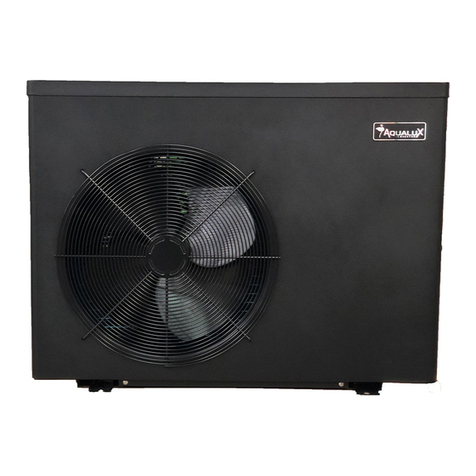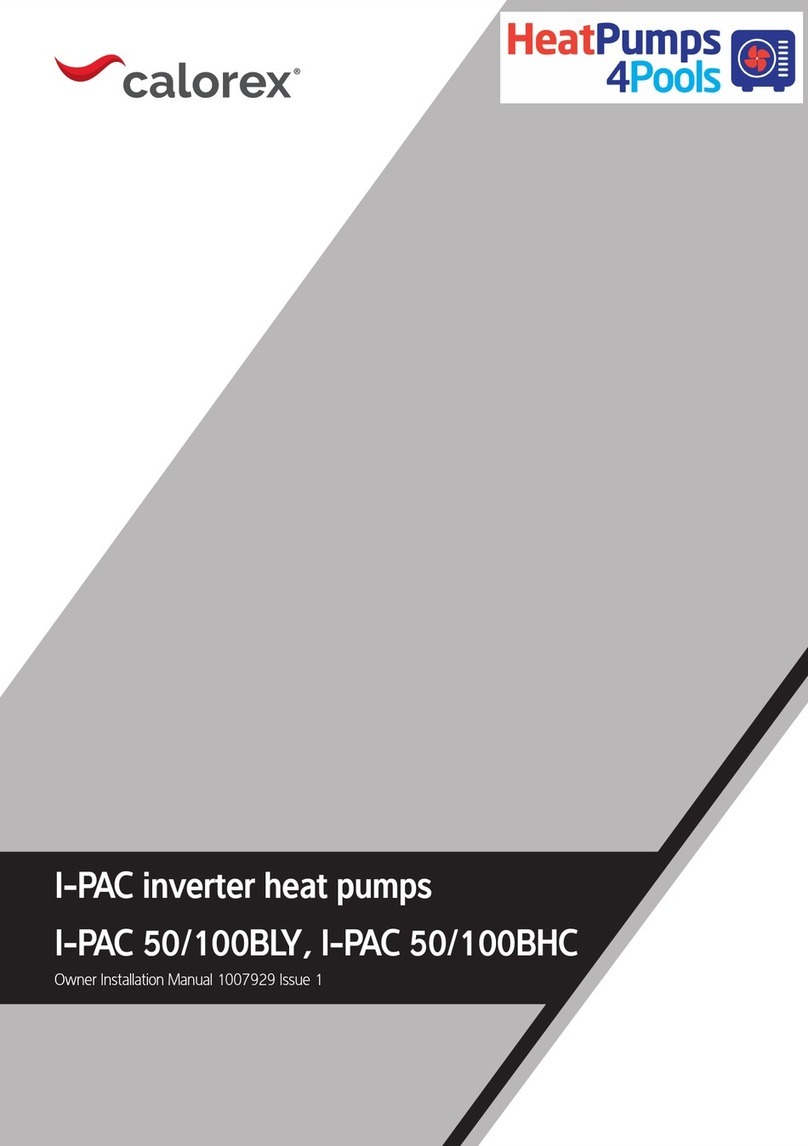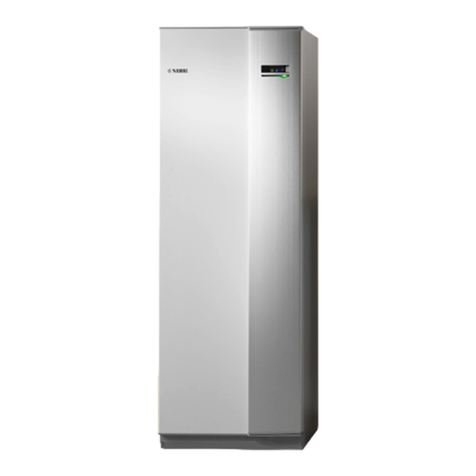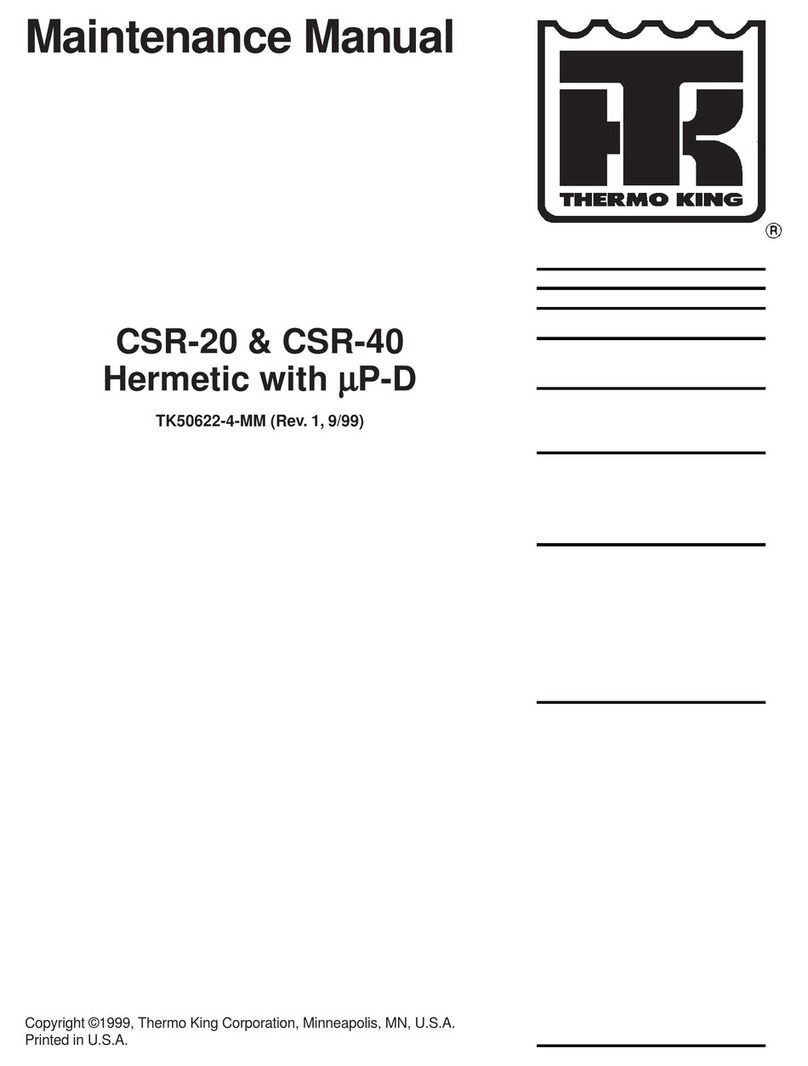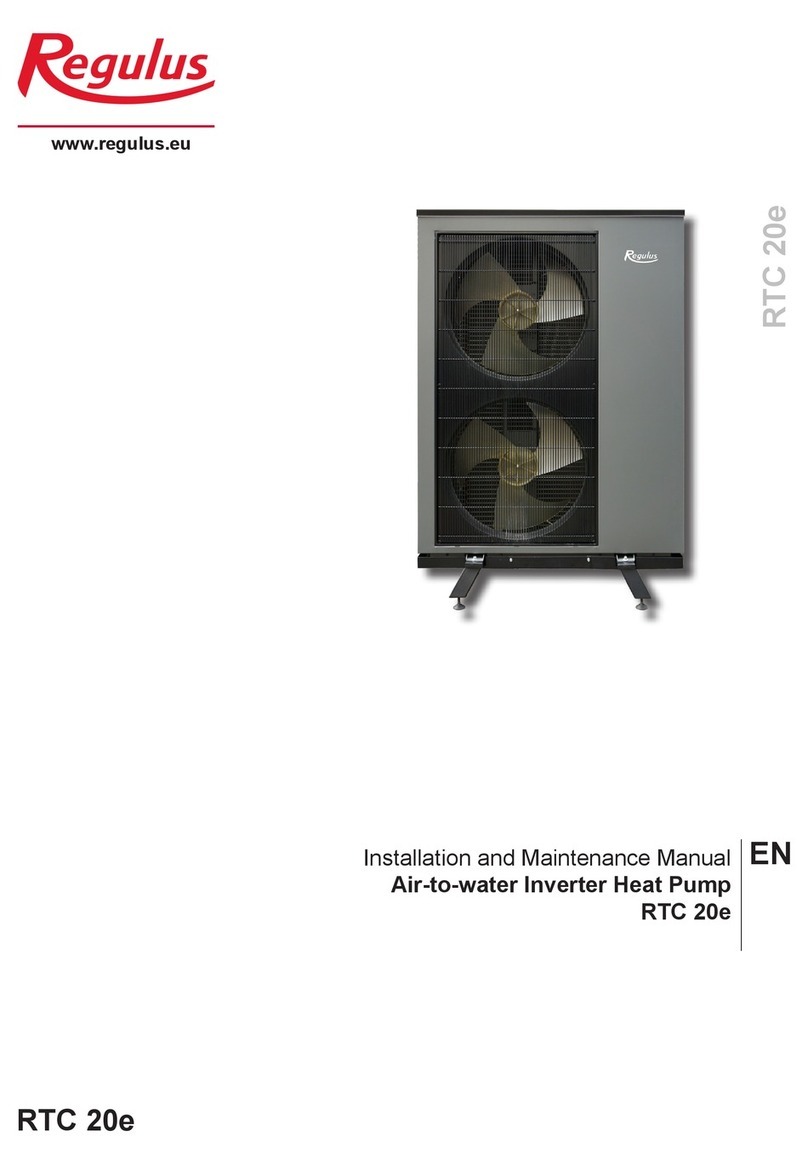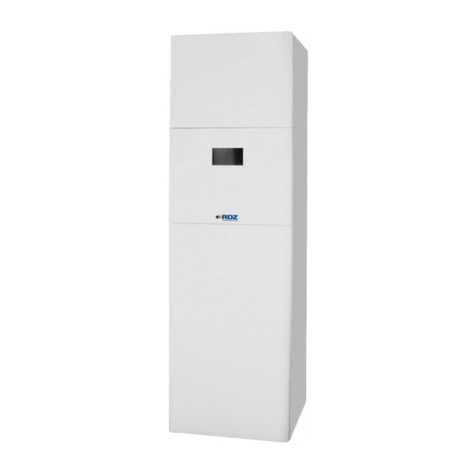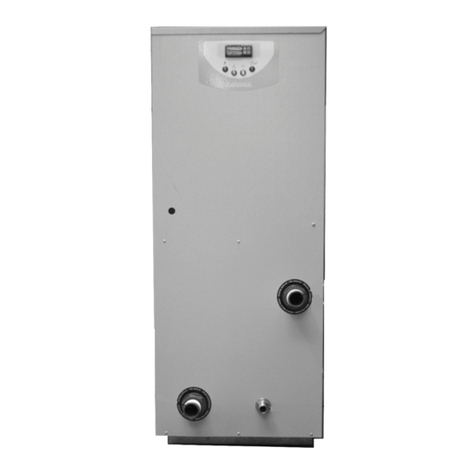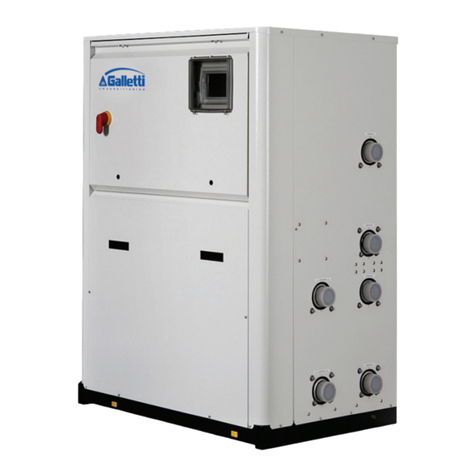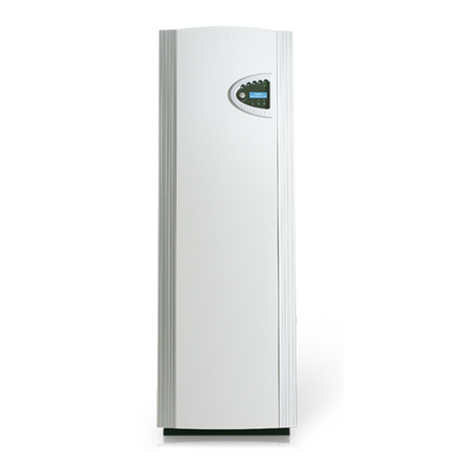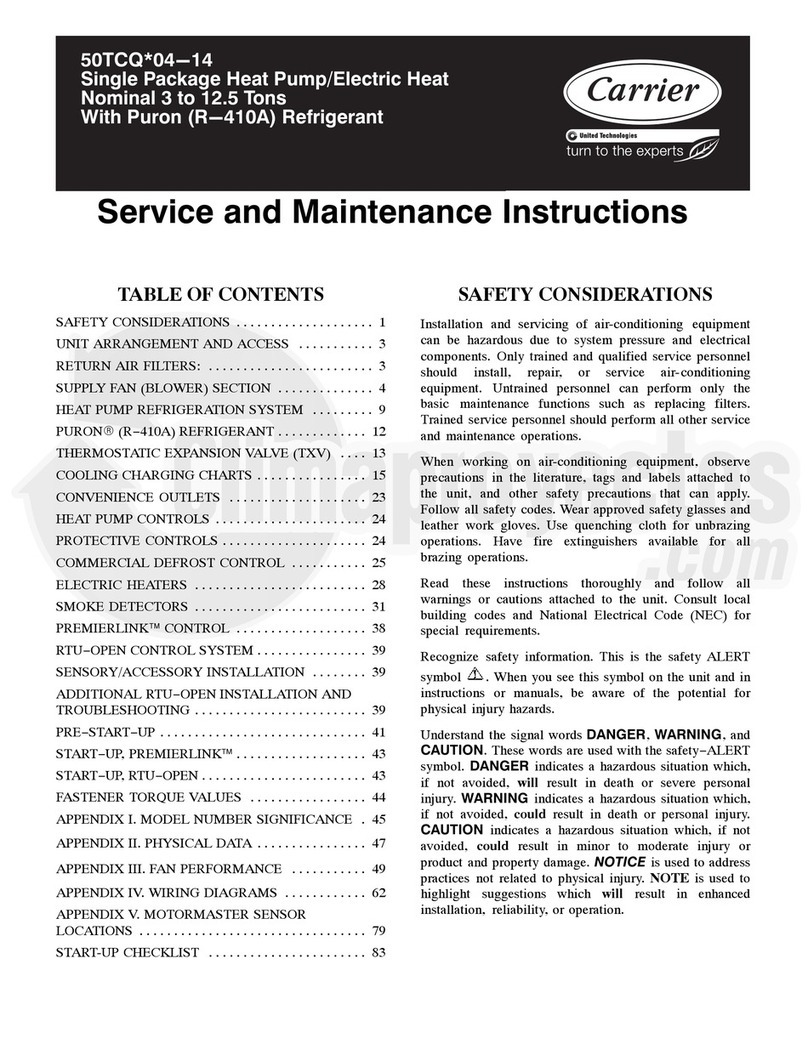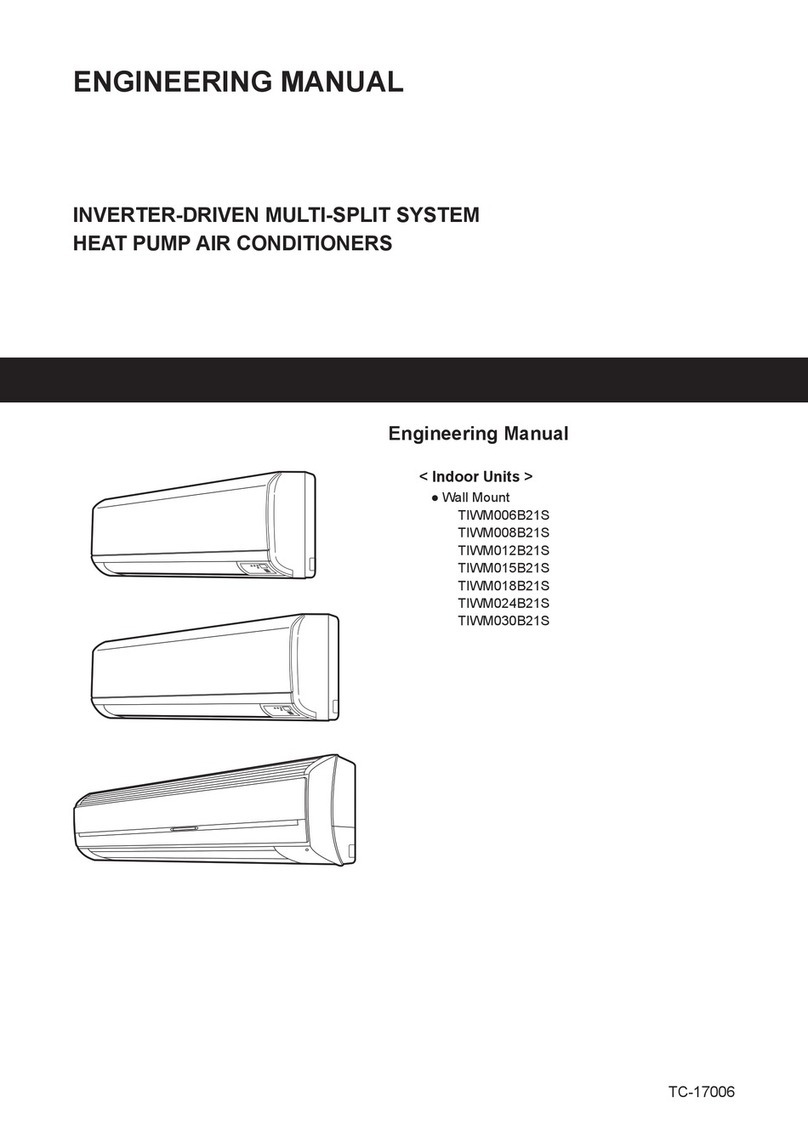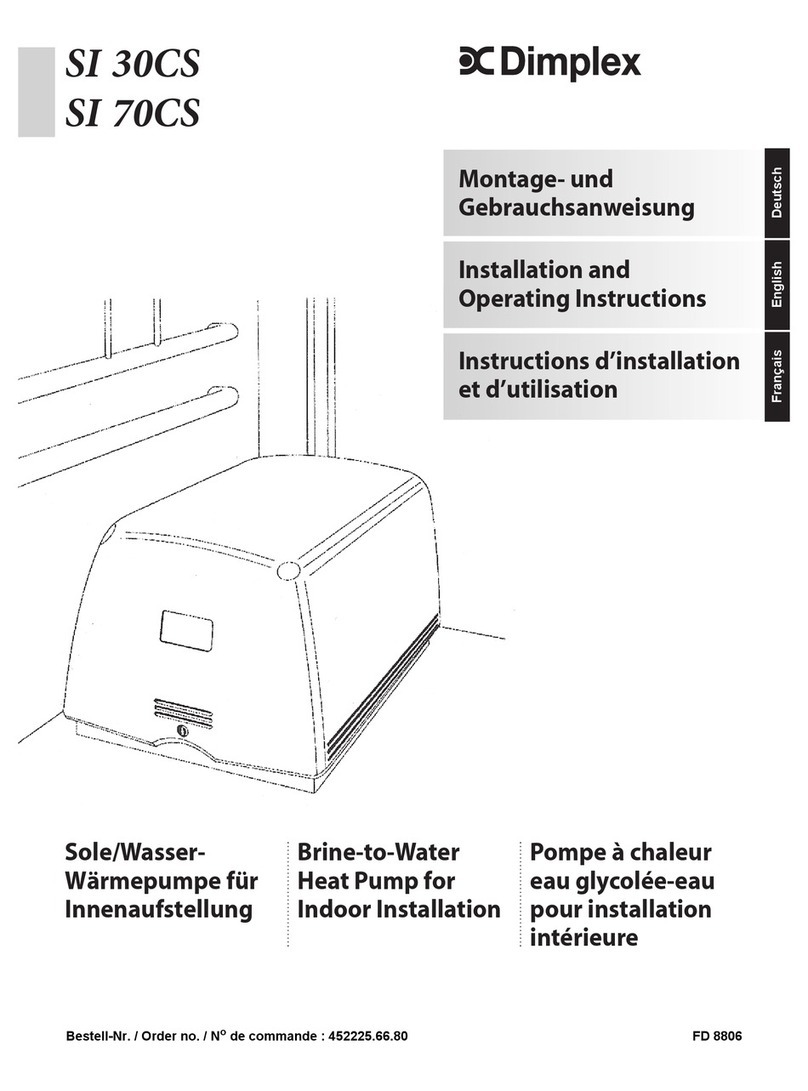
page | 2
CONTENT
1. Preface ................................................................................................................................................... .3
2. Safety Precautions ...................................................................................................................................4
3. Specifications .........................................................................................................................................6
3.1 Appearance ..................................................................................................................................... ...6
3.2 Characteristics .....................................................................................................................................6
3.3 Operational Principle ...........................................................................................................................7
3.4 Dimensions .........................................................................................................................................7
3.5 Technical Data .....................................................................................................................................8
4. Installation ................................................................................................................................................9
4.1 Pipeline Connection Sketch..................................................................................................................9
4.2 Handling and Transportation ......................................................................................................
........10
4.2.1 Transport Using a Forklift .................................................................................................... ........10
4.2.2 Manual Transport ........................................................................................................................ 10
4.3 Recommended Household Size .......................................................................................................... 10
4.4 Installation Clearances ....................................................................................................................... 11
4.5 Cable Connection ............................................................................................................................... 13
4.5.1 Filling the Tank ............................................................................................................................ 13
4.6 Trial Operation ................................................................................................................................... 13
4.6.1 Inspection Before Trial Operation ................................................................................................. 13
4.6.2 Trial Operation ............................................................................................................................. 13
5. Operation .................................................................................................................................................. 14
5.1 Controller Button Descriptions ............................................................................................................ 15
5.2 Icon Descriptions ................................................................................................................................ 16
5.3 Turning the Unit ON and OFF ............................................................................................................. 17
5.4 Mode Selection .................................................................................................................................. 17
5.5 Target Temperature Checking and Setting ......................................................................................... 18
5.6 Time Setting ....................................................................................................................................... 18
5.7 Timer Setting ...................................................................................................................................... 20
5.8 Vacation Mode ................................................................................................................................... 23
5.9 Electric Element Boost Heater Setting ............................................................................................... 24
5.10 Fan Mode Setting ............................................................................................................................. 24
5.11 Keyboard Locking ............................................................................................................................ 25
6. . Maintenance and Repair .........................................................................................................................26
6.1 Maintenance ...................................................................................................................................... 26
6.2 Troubleshooting Guide .................................................................................................... ...................27
7. Appendix ................................................................................................................................................. 28
7.1 Unit Parameters ................................................................................................................................ 28
7.2 PCB Description ................................................................................................................... ...............28
7.3 Detailed Parts Overview .................................................................................................................... 29
7.4 Caution .............................................................................................................................................. 31
7.5 Earthing Methodology ......................................................................................................... ................31
7.6 Use of the P&T Valve .......................................................................................................................... 32
7.7 Use of the Overheating Protector ....................................................................................................... 32
7.8 Draining the Water Tank ...................................................................................................... ...............33
7.9 Warranty ..................................................................................................................................... .......34




















